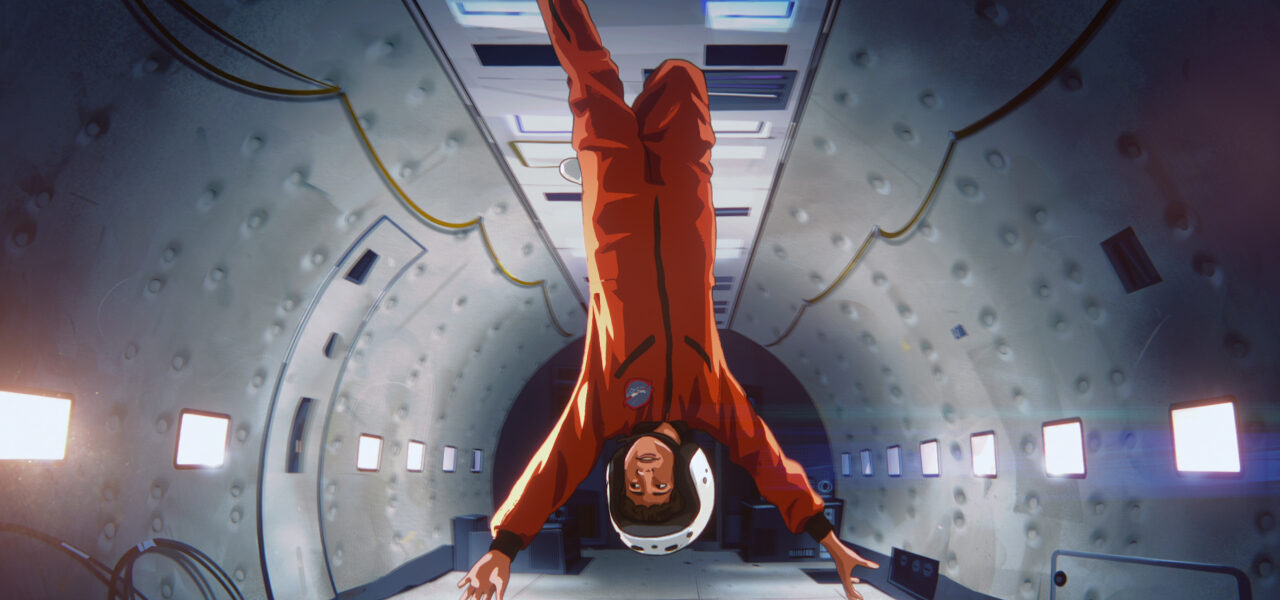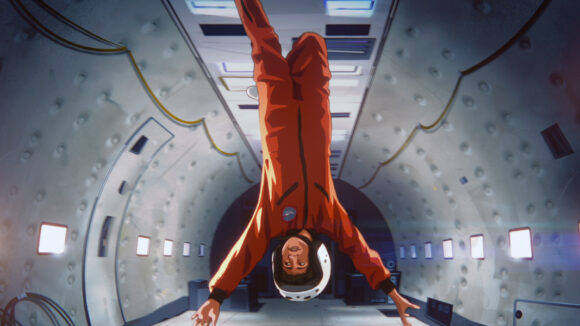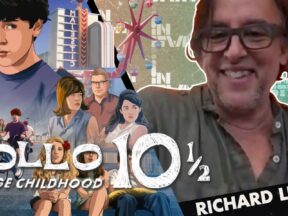

Filmmakers React As Academy Claims ‘Apollo 10 1/2’ Isn’t An Animated Film
Richard Linklater’s Apollo 10 1/2: A Space Age Childhood, an original Netflix animated feature released earlier this year, was rejected by the Academy for consideration in the upcoming best animated feature race, and its filmmakers are speaking about the snub.
As reported by Indiewire, the Academy sent a letter in September explaining their decision, saying that it “does not feel that the techniques meet the definition of animation in the category rules” due to the “extensive use” of live-action footage. The Academy’s official rules for qualification can be found in this downloadable PDF.
Linklater and Netflix have since filed an appeal to the Academy, but have yet to hear back despite several follow-up requests. According to the Indiewire report, the Academy has declined to comment on the situation, but eligibility standards are scheduled to be assessed by the branch executive committee this fall.
For now, Linklater and producer Tommy Pallotta are speaking out about the perceived injustice and an Academy bias against rotoscoping. According to them, the technology was used on less than 20% of the film.
“The only rotoscope in the film is the outline of the characters,” Pallotta told Indiewire. “That’s it. Everything else is animated.”
He went on, “I feel like if I’ve been caught in a Kafkaesque nightmare where someone is saying something isn’t real and I know it’s real. I’ve been producing rotoscope animation for 25 years, and I’m done with people telling me it’s not animation. It’s just such an insult.”
Animation for Apollo 10 1/2 was executed by Austin’s Minnow Mountain and Dutch outfit Submarine, which handled the film’s rotoscoping.
Linklater’s concerns about the Academy’s decision extend beyond just his film.
“This decision cuts off the creative flow for a certain kind of animated movie,” he explained to Indiewire. “Will anyone greenlight something like this if it can’t get nominated?”
Indiewire was also given access to a letter that Linklater wrote to the Academy in which he compared the frame-by-frame redrawing in Apollo 10 1/2 to that used in 2017 Oscar nominee Loving Vincent.
In the letter, he explained:
This naturalistic style is not a technical choice but rather an artistic choice in the crucial area of how I want the film to look and feel. It is accomplished by the hard work of animators drawing character motion and performances frame by frame, not a side effect of some hidden software or automatic process.
Around the time of the film’s release, Linklater said that the animation process used for Apollo differed from his previous rotoscope animated outings – Waking Life and A Scanner Darkly – in that:
[E]verything had to be designed and created . . . [and] to achieve all the necessary textures (vintage period, comic book, newsreel documentary, grandiose fantasy, realistic character piece), it would require a playful combination of various techniques such as 3d and some minimal performance capture within the character animation.
He additionally explained that the animation crew went to great lengths to achieve the film’s 1960s patina:
The beautiful look of Kodachrome film is where we started. We decided to animate on 2s to give it a retro feel and chose handmade animation over digital effects. We thought of new ways to show the different textures and designs to mirror the analog world and subjective and creative memory of Stan [The film’s protagonist] … We also invited our animators to leave their fingerprints on the film and celebrate the collective creativity of our artists and feel their impressions all over the film.
To learn more about the film’s production, watch this INBTWN Animation interview with Linklater.

.png)


